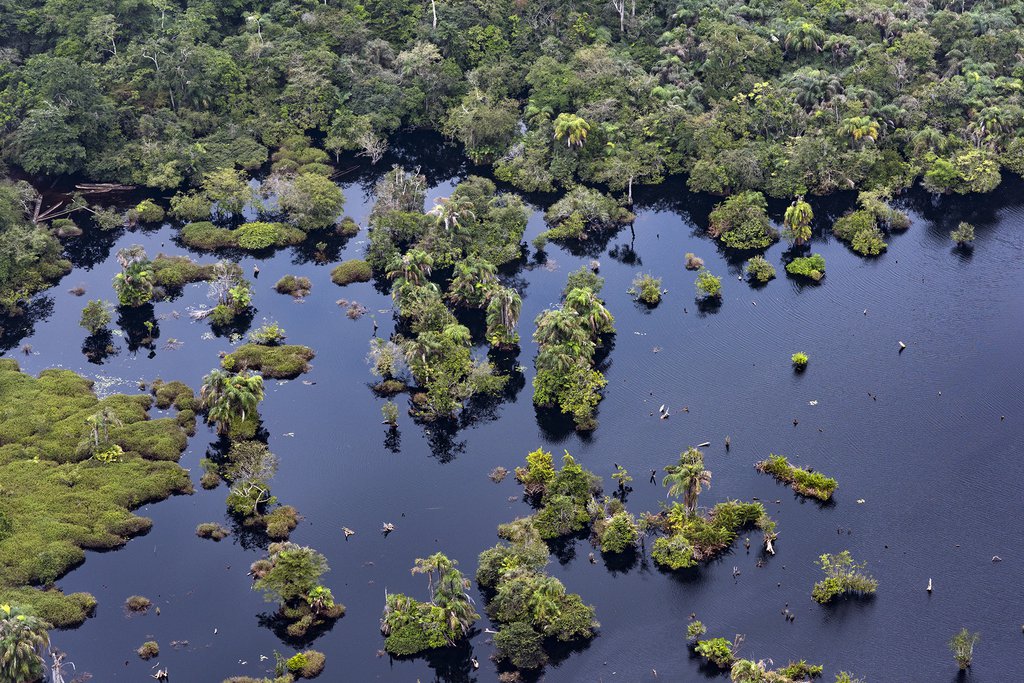Tucked away in the Democratic Republic of Congo lies one of Africa’s most remarkable ecological treasures: the Ngiri-Tumba-Maindombe Wetland. This vast expanse of interconnected rivers, forests, and floodplains is not only one of the largest wetlands in the world but also a critical sanctuary for biodiversity and a vital lifeline for local communities.
A Haven of Biodiversity
Ngiri-Tumba-Maindombe, which spans over 65,696 square kilometers, is a paradise for wildlife. It is home to a stunning array of species, including:
- Birds: The wetlands are a birdwatcher’s dream, hosting species like the African Fish Eagle and Shoebill Stork. Migratory birds from across Europe and Asia also find refuge here during winter months.
- Aquatic Life: The rivers teem with fish species, many of which sustain the local fishing industry.
- Mammals: Forest elephants, hippos, and crocodiles thrive in this unique ecosystem. Primates, including endangered species like the bonobo, roam the lush forests nearby.

The Role of the Wetland
The Ngiri-Tumba-Maindombe Wetland is vital to the environment and local livelihoods:
- Carbon Storage: The wetland plays a significant role in combating climate change by acting as a massive carbon sink.
- Flood Control: It helps regulate water flow and prevent flooding in surrounding areas.
- Livelihoods: Local communities depend on the wetland for fishing, farming, and transport.
Challenges Facing the Wetland
Despite its importance, the wetland faces threats from deforestation, overfishing, and climate change. International conservation groups and local authorities are working together to protect this natural treasure, but sustainable practices are crucial to its survival.
Visiting Ngiri-Tumba-Maindombe
For the adventurous traveler, Ngiri-Tumba-Maindombe offers an unparalleled opportunity to explore Africa’s natural beauty. Eco-tourism initiatives are slowly emerging, offering guided tours through the wetlands and surrounding forests. Visitors can experience canoe rides, birdwatching, and cultural exchanges with local communities.

Lämna ett svar